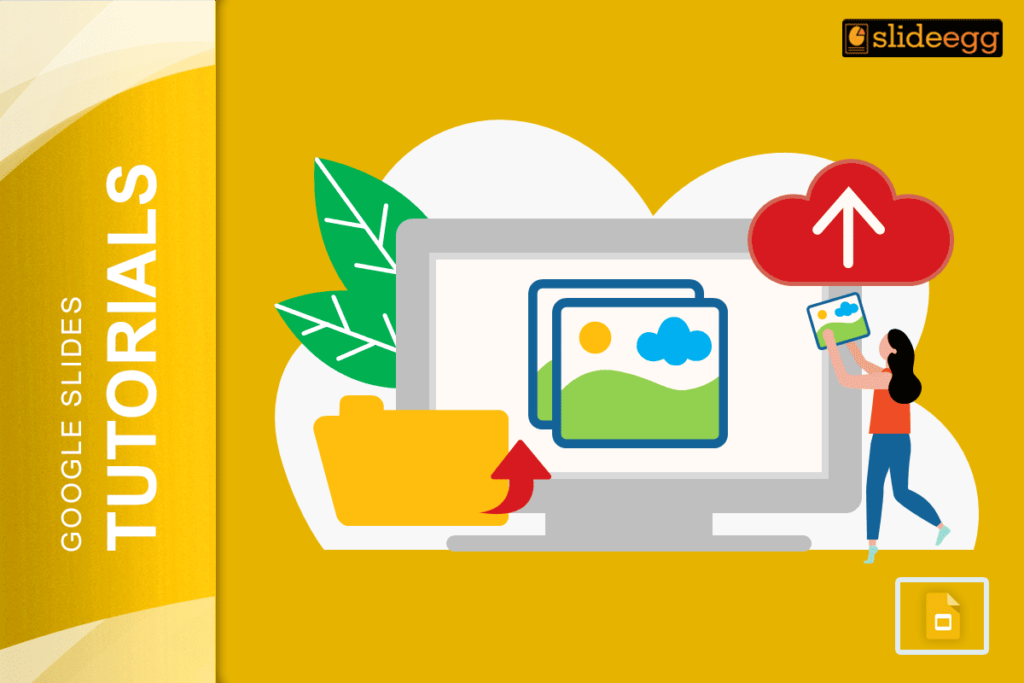Ever sat through a presentation that was just wall-to-wall text? It’s tough, right? That’s where flowcharts come in. They can transform complex information into easy-to-understand visuals, making your presentations not just informative but also engaging.
Creating flowcharts in Google Slides is easier than you might think! Whether you’re presenting a project, mapping out a process, or simply want to add a visual element to your slides, flowcharts can be incredibly helpful. In this tutorial, we’ll walk you through the simple steps to create professional-looking flowcharts in Google Slides, even if you’re a beginner.
Why Use Flowcharts?
Flowcharts help in visualizing steps in a process, making it easier to understand complex information. They are a fantastic tool for breaking down information into easily digestible visuals. They are useful in various scenarios such as:
- Project planning
- Process documentation
- Decision making
- Problem-solving
Step-by-Step Guide to Creating Flowcharts in Google Slides
Step 1: Open Google Slides
Begin by launching Google Slides and starting a new presentation. You can do this by navigating to Google Slides and clicking on the blank presentation or choosing an existing template.
Step 2: Set Up Your Slide
To set up your slide for a flowchart:
- Click on the “+” icon to add a new slide.
- Choose a blank slide layout for a clutter-free workspace.
- Optionally, you can change the background color or add a theme to match your branding.
Step 3: Add Shapes
Flowcharts are made up of different shapes that represent various steps in a process:
- Go to the toolbar and click on the “Shape” icon.
- Select “Shapes” and choose rectangles for process steps, diamonds for decision points, and ovals for start/endpoints.
- Click and drag on the slide to draw the shapes. Resize them as needed.
Step 4: Add Text to Shapes
To add text to your shapes:
- Double-click inside a shape to enter text.
- Type in the relevant information for each step of your flowchart.
- Adjust the font size, style, and color from the toolbar to make your text stand out.
Step 5: Connect the Shapes
To illustrate the flow between steps:
- Click on the “Line” tool in the toolbar.
- Select “Arrow” to draw directional lines between shapes.
- To connect shapes, click and drag from one shape to the next.
- Ensure the arrows point in the correct direction to maintain logical flow.
Step 6: Customize Your Flowchart
Enhance your flowchart by:
- Changing the color of shapes and lines to make different sections distinct.
- Adding images or icons to represent steps visually.
- Using alignment tools to make sure everything is evenly spaced and organized.
Step 7: Review and Save
Once you’re satisfied with your flowchart:
- Review it to ensure accuracy and clarity.
- Save your presentation by clicking on “File” > “Download” and choosing your preferred format, such as PDF or PNG.
Tips and Tricks for Better Flowcharts
- Keep it simple: Avoid overcrowding your flowchart with too many details. Focus on the main steps and keep it clear.
- Use color wisely: Color can help differentiate sections but don’t overdo it. Choose a consistent color scheme that ensures easy readability.
- Consistent design: Use the same shape sizes, line styles, and font types throughout your flowchart for a cohesive look.
Utilize Premade Templates and Themes
Creating a flowchart from scratch can be time-consuming. To save time and ensure a professional look, consider using premade Google Slides themes and editable flowchart presentation templates available online. These templates come with pre-designed elements that you can easily customize to fit your needs.
Conclusion
Creating flowcharts in Google Slides is a simple process that can greatly enhance your presentations. By following this step-by-step tutorial, you’ll be able to create clear and effective flowcharts in no time. Don’t forget to check out our blog on how to make a flowchart in PowerPoint if you’re looking for similar guidance in a different tool. For more presentation hacks, visit our tips & tricks page. Use the power of flowcharts to convey your ideas more effectively and make your presentations stand out!







